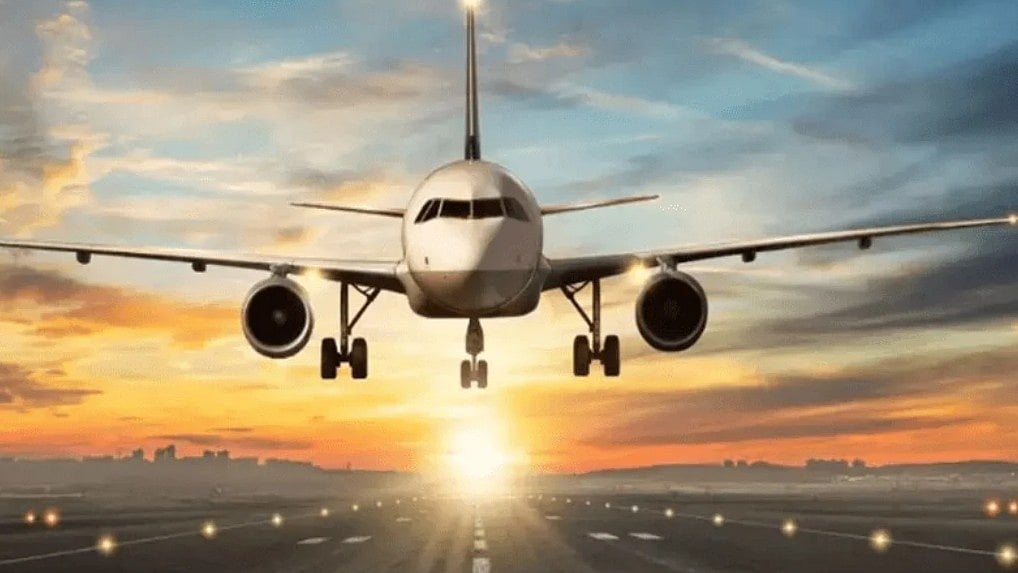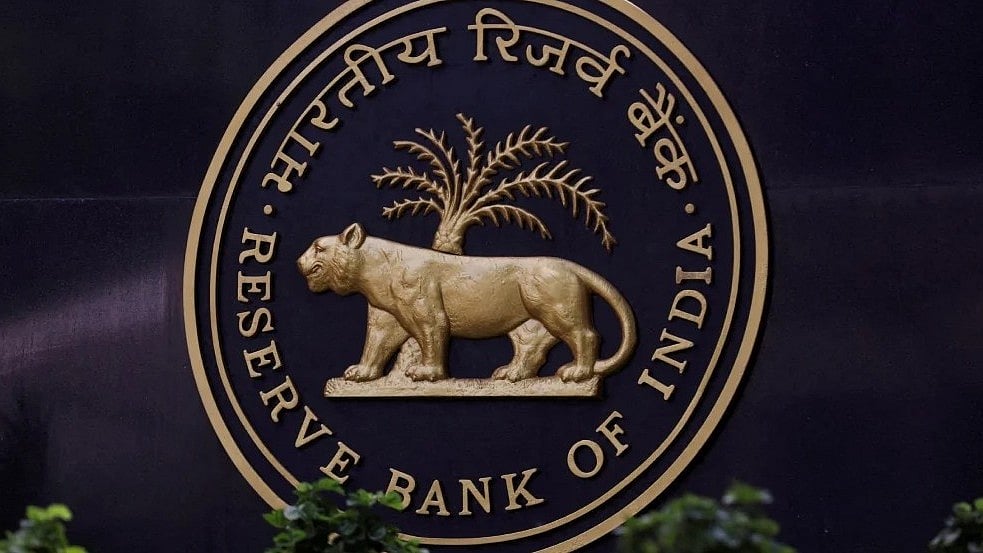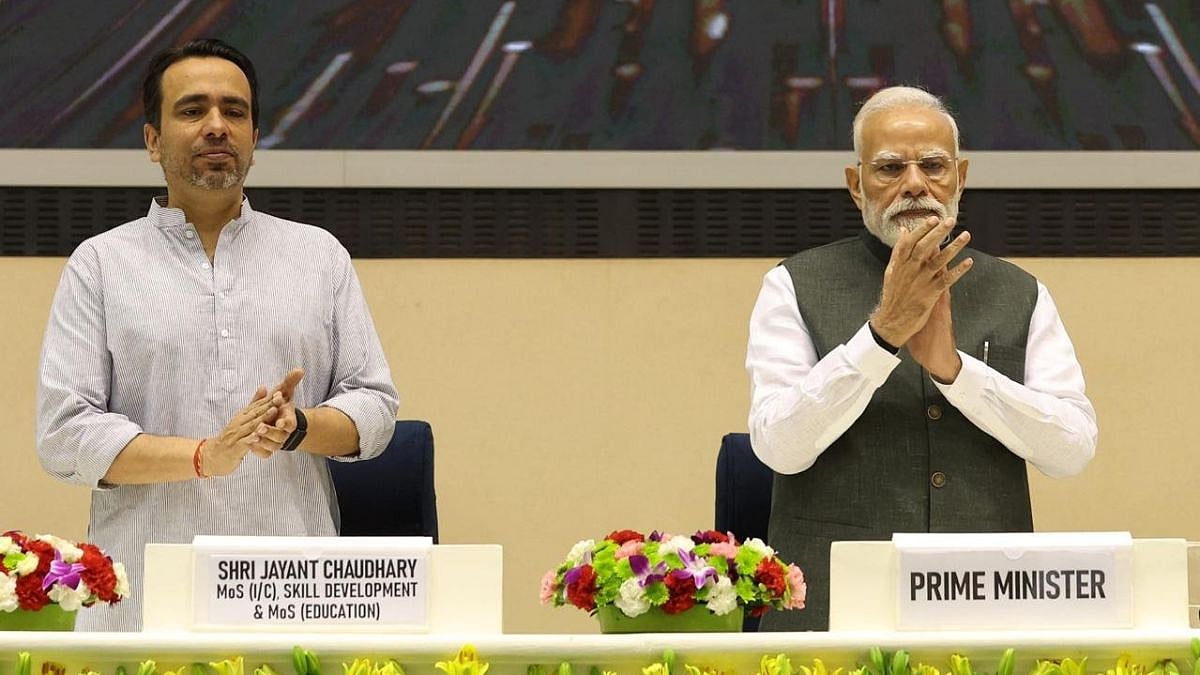In a scene in the 2002 film Minority Report, Tom Cruise’s character enters a mall to advertising displays that not only identify him and catalog his previous purchases but also try to initiate a conversation with him and provide recommendations. In a world dominated by print and TV, where digital connectivity was a nice-to-have feature rather than a necessity, the movie was categorized as science fiction.
Fast-forward two decades and real-life science has caught up to reel-life fiction. The rapid development of cutting-edge technologies made AI-based facial recognition a fast-growing industry estimated at $3.8 billion in 2020. The pandemic has further accelerated this growth trajectory, with lockdowns and social distancing protocols implemented over the last two years making the technology an integral part of new-age business operations.
Let’s look at some of the industries that have been transformed by facial recognition technology (FRT) and are expected to register widespread adoption in the coming years:
Security, surveillance, law enforcement
When thinking of the possible use-cases of facial recognition, the mind immediately jumps to security-based applications, and sectors such as counterintelligence, law enforcement, and surveillance, naturally, are significant adopters of the technology. FRT is helping agencies to identify, monitor, and apprehend wanted criminals, their associates, and other suspicious individuals on a much larger scale than before. It is also being used for gathering evidence and enabling swifter emergency responses to situations such as riots, violence, theft, and vandalism.
Many developed nations such as Germany, the UK, and the US already have FRT at federal and state levels, while its adoption in India is driven by state governments in Rajasthan, Uttar Pradesh, Punjab, and Uttarakhand. The Indian government is also in the process of rolling out a nationwide FRT surveillance program, with the stated objective of combating crime and finding missing people.
Online and offline retail
Customer retention is one of the most important metrics for retail businesses, and market studies over the decades have consistently linked high customer retention to the quality of service provided before, during, and after-sales. According to a Shep Hyken survey, 96%of customers stop purchasing from brands because of bad customer service. However, as touchpoints and sales channels grow with increasing digital integration, delivering a high level of customer service on a consistent basis becomes challenging.
This challenge has come to the fore during the pandemic. Locked up in their homes for the better part of two years, consumers want more human interactions, whether online or offline. Brands are already addressing this gap with video calling solutions. Another survey highlighted that 53% of consumers feel more motivated to engage with brands when they see a human face on a video call.
The next logical step is integrating facial recognition in retail operations to improve customer experiences. Brands around the world are already doing it. Tesco uses facial recognition technology to showcase targeted ads to its customers, CaliBurger is streamlining in-store customer experiences with FRT, while Walmart evaluates the service satisfaction levels of its customers during checkouts. Others, such as Macy’s and Apple are also utilizing facial recognition to detect unauthorized intrusions, theft, and property damage.
Sentiment analytics powered by FRT is also expected to play a role in customer service and experience management, helping human agents solve queries by recommending the most ideal response to situations developing in real-time. As the economy gradually opens the adoption and applications of facial recognition across retail – especially in a country such as India – can only be expected to increase further.
Travel domain
One of the most prominent use-cases of facial recognition technology, especially in the wake of the COVID-19 outbreak is in the travel domain. Even before the pandemic hit, British Airways was using FRT to streamline passenger experience on flights out of the US. In the light of the extreme transmissibility of variants such as Delta and Omicron, such deployments will become the norm to ensure seamless and contactless passenger verification and boarding, as well as contact tracing in case of a suspected infection. Plansare underway to enable FRT-based boarding at four airports in India from March 2022, with further rollouts also in the pipeline.
BFSI sector
Before 2020, the KYC norms required to access any type of financial service in India were fulfilled by Aadhar-based KYC processes. However, the Supreme Court later declared it unconstitutional. Then the pandemic hit and made physical Aadhaar-based verification impossible. To address this challenge, private BFSI companies turned to video KYC to ensure compliance with industry regulations. The technology’s adoption received another boost in March 2020 when the Reserve Bank of India cleared video KYC as an alternative customer verification channel for private sector banks and financial service providers.
Today, leading BFSI players are utilizing facial recognition technology to conduct video KYC, verify existing and potential customers for remote transactions, and minimize fraud incident rates. Moreover, many leading banks, NBFCs, and fintech companies are exploring the application of facial recognition-based sentiment analysis to improve customer experience management, whether for on-premise or digital customer interactions, for better lead conversion and customer service. If the technology’s adoption continues at this pace, it will not be long before physical debit cards and devices for cash and POS transactions become redundant, with FRT-based biometric verification serving as the preferred tool for conducting financial transactions.
Real Estate sector
Today’s ever-evolving customer preferences mean that real estate companies are no longer involved in just construction – they often become property managers and service providers after project completion. Residential real estate has witnessed a major shift in this direction, with leading property developers staying on to manage societies after handing over the keys to their customers.
This meant that, once the pandemic’s initial shock wore off and normalcy resumed, ensuring access to services such as security, maintenance, domestic help, order fulfillment, and visitation within residential societies became essential. Needing to address this need-gap without compromising on the safety of their residents or staff, real estate companies deployed facial recognition technology for contactless entry management, staff attendance, contact tracing, etc. Such deployments are expected to become more popular, with more use-cases coming to the fore.
As industries make their way into the post-pandemic world, AI-based technologies such as facial recognition will become integral to more efficient and progressive operations models. FRT-based systems are already replacing manual, fingerprint, and RFID-based systems for attendance and canteen management, while use-cases such as access management are also gaining popularity in sectors such as legal practices, manufacturing, and IT/ITeS. We will continue to witness transformations, disruptions, and evolution driven by FRT at an unprecedented scale, across all sectors – for the future that we envisioned is here, knocking on our screens.
(Varun Gupta is Director, KENT RO Systems, and heads the company’s division that works on technology led innovations for the new-age world. Views are personal)









